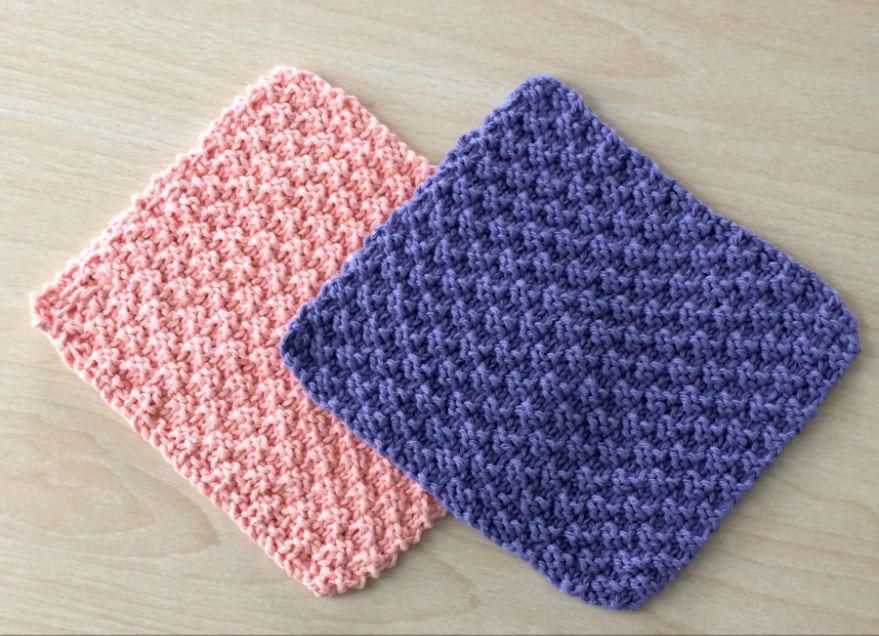
If you enjoy knitting and are looking for a fun and practical project, then knitted dishcloths are the perfect choice. Dishcloths are not only useful for cleaning dishes and surfaces, but they also make great gifts for family and friends. Best of all, there are countless free printable patterns available online, making it easy to find the perfect design for your next knitting project.
Knitted dishcloths are a popular choice for many knitters because they are quick and easy to make. They are also a great way to practice new stitch patterns and techniques. Whether you are a beginner or an experienced knitter, there are patterns available for every skill level. From simple garter stitch designs to more complex lace patterns, there is a dishcloth pattern out there that will suit your style and level of expertise.
One of the best parts about knitting dishcloths is that they require very little yarn. This means you can use up leftover yarn from other projects or even try out new colors without breaking the bank. Additionally, dishcloths are a great way to experiment with different yarn weights and textures. You can create a soft and absorbent dishcloth with a cotton yarn or add some texture and scrubbing power by using a more abrasive yarn like jute or hemp.
Benefits of using knitted dishcloths
There are several benefits to using knitted dishcloths in your kitchen. These handmade items offer a unique combination of functionality and style, making them a popular choice among home cooks and decorators.
One of the benefits of using knitted dishcloths is their effectiveness in cleaning. The knitted texture provides gentle yet effective scrubbing power, allowing you to easily remove stubborn stains and food residue from your pots, pans, and dishes. Unlike traditional sponges or scrub brushes, knitted dishcloths do not scratch or damage delicate surfaces, making them suitable for use on a wide range of kitchenware.
Additionally, knitted dishcloths are highly absorbent, which makes them great for drying dishes and wiping up spills. The natural fibers used in these dishcloths, such as cotton or bamboo, have the ability to soak up large amounts of liquid, leaving your dishes clean and dry in no time. This also means that you won’t need to use multiple dishcloths for a single task, saving you time and resources in the long run.
Another advantage of using knitted dishcloths is their eco-friendliness. Unlike disposable paper towels or synthetic sponges, knitted dishcloths are reusable and can be washed and reused many times. This helps reduce waste and decreases the amount of single-use products that end up in landfills. By switching to knitted dishcloths, you can contribute to a more sustainable and environmentally-friendly kitchen routine.
Furthermore, knitted dishcloths offer a decorative element to your kitchen. With an array of colors, patterns, and designs available, you can easily find dishcloths that match your kitchen decor and add a touch of personal style to your space. Whether you prefer bright and cheerful colors or subtle and sophisticated designs, knitted dishcloths allow you to infuse your kitchen with a unique and personalized touch.
In summary, using knitted dishcloths provides several benefits, including effective cleaning power, high absorbency, eco-friendliness, and decorative appeal. By incorporating these handmade items into your kitchen routine, you can enjoy a more efficient and environmentally-conscious approach to cleaning and dishwashing.
Getting Started with Knitting
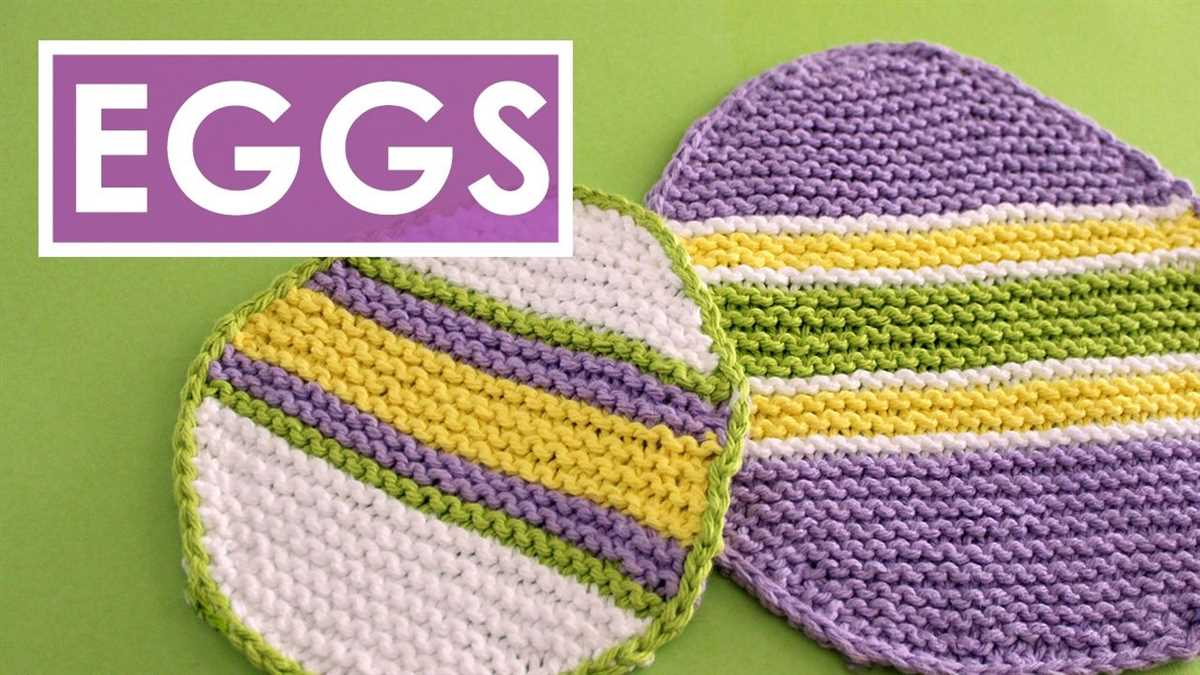
Knitting is a wonderful craft that allows you to create beautiful and functional items using yarn and a pair of knitting needles. Whether you are a beginner or an experienced knitter, getting started with knitting is an exciting journey that opens up a world of creativity and relaxation.
Gathering Supplies: To get started with knitting, you will need a few essential supplies. Firstly, you will need knitting needles. They come in different sizes, so it’s important to choose the right size for your project. You will also need yarn, which comes in various colors and fibers. It’s a good idea to start with a medium-weight yarn and avoid slippery or tightly wound ones as they can be harder to work with. Lastly, you will need a pair of scissors, a yarn needle for weaving in ends, and stitch markers.
Learning the Basics: Once you have all your supplies, it’s time to learn the basic knitting techniques. The first stitch you’ll learn is the knit stitch, which forms the foundation of most knitting patterns. You will also learn the purl stitch, which is the reverse of the knit stitch. These two stitches combined create different patterns and textures. As you progress, you can learn other techniques like casting on and binding off, as well as increasing and decreasing stitches to shape your projects.
Finding Resources: There are many resources available to help you learn and improve your knitting skills. Books, online tutorials, and video classes are great options. You can also join knitting groups or attend workshops to learn from experienced knitters. There are also free printable patterns available online for various projects, from simple dishcloths to intricate sweaters. These patterns are a great way to practice your skills and create something useful at the same time.
Starting Your First Project: Once you feel comfortable with the basic knitting techniques, it’s time to start your first project. Choose a simple pattern that matches your skill level, such as a scarf or a hat. Follow the instructions carefully, and don’t be afraid to ask for help if you encounter any difficulties. Remember, knitting is a process that requires patience and practice, so don’t get discouraged if your first project doesn’t turn out perfect. With time and practice, you will improve and create beautiful knitted items to cherish or give as gifts.
Basic knitting stitches
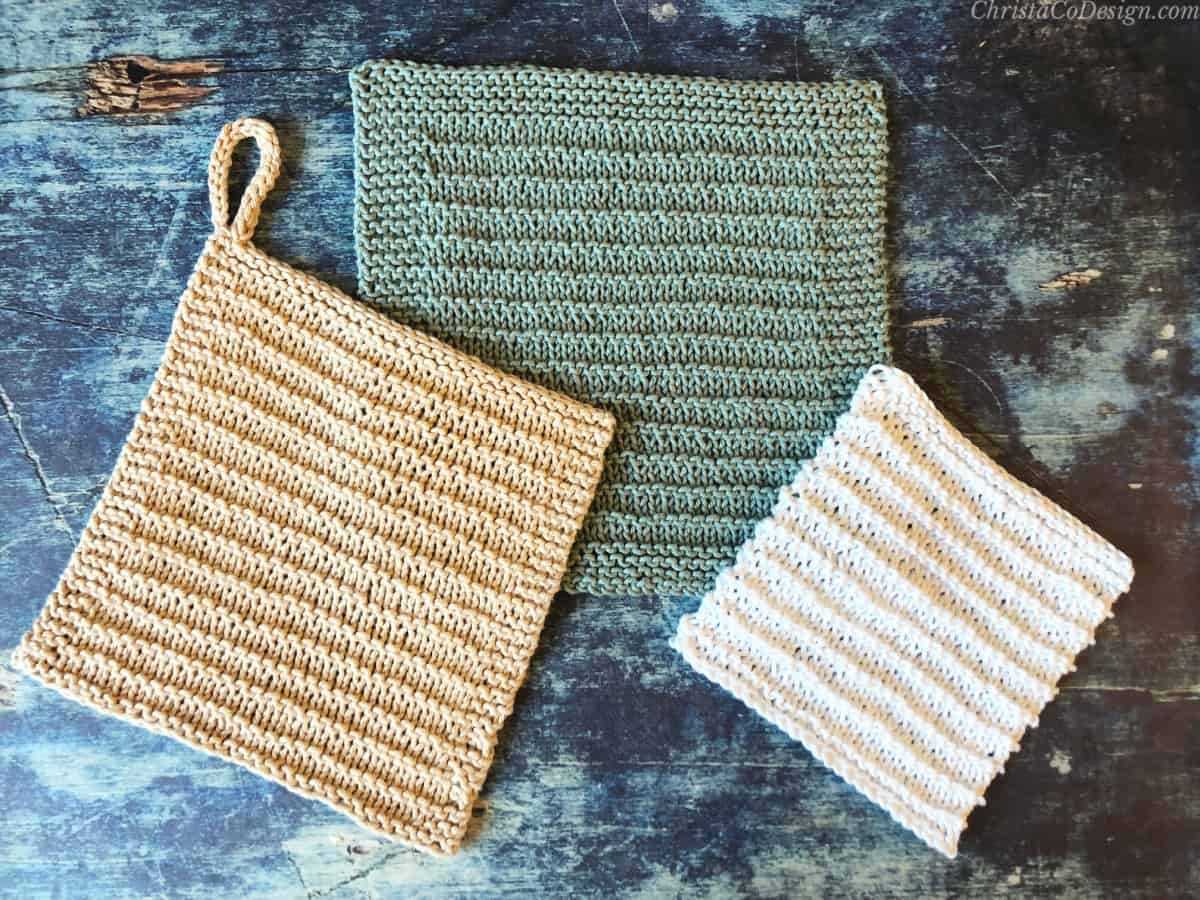
Knitting is a popular craft that involves creating fabric by interlocking loops of yarn with knitting needles. There are many different stitches that can be used to create a variety of patterns and textures in knitted projects. Here are some of the basic knitting stitches that every beginner should learn:
Garter stitch:
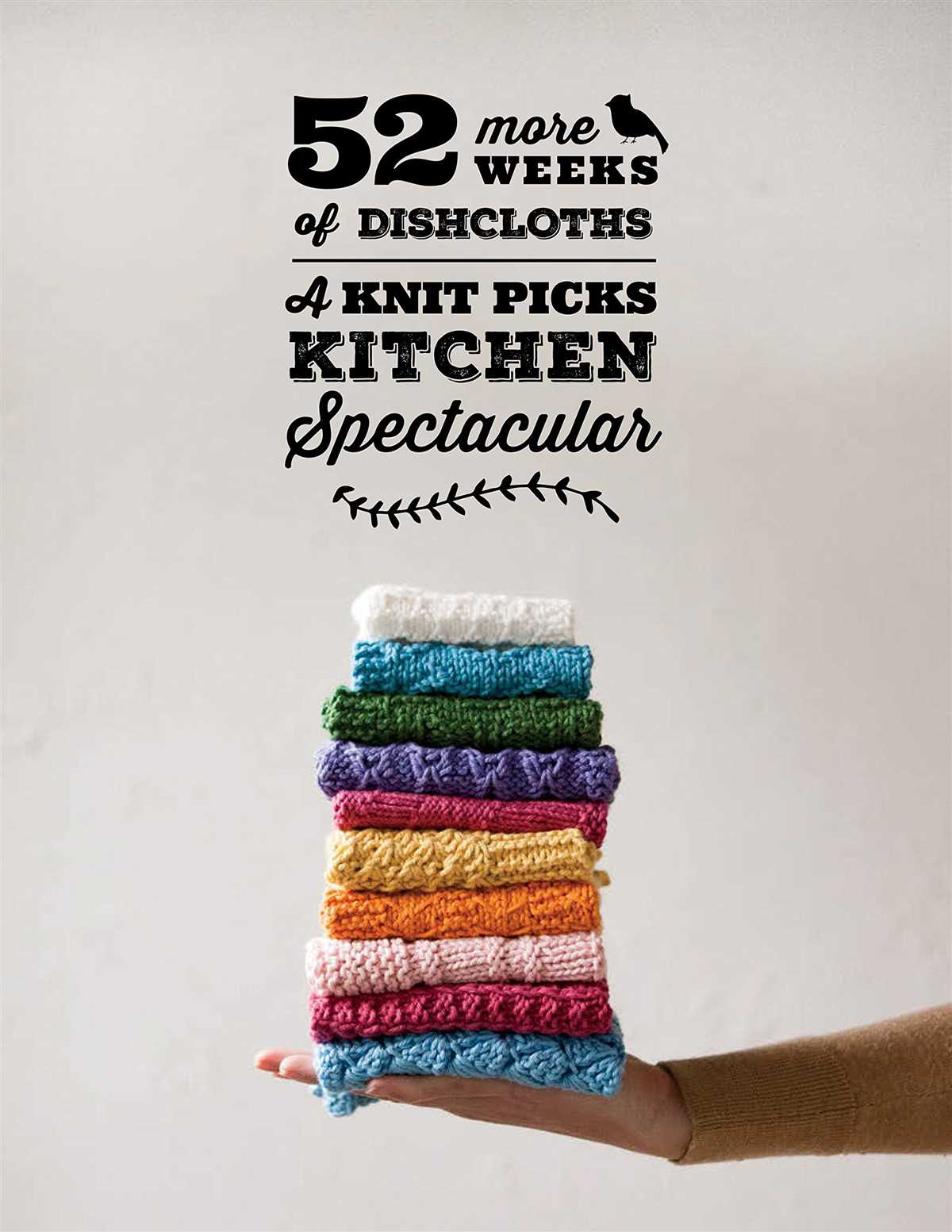
Garter stitch is one of the simplest and most common knitting stitches. It is created by knitting every stitch in every row. The result is a fabric with ridges that run vertically. Garter stitch is often used for projects like scarves and dishcloths.
Stockinette stitch:
Stockinette stitch is another basic stitch that is often used in knitting. It is created by alternating rows of knit stitches and purl stitches. The right side of the fabric will show the smooth knit stitches, while the wrong side will show the purl stitches. Stockinette stitch is commonly used for sweaters, hats, and other garments.
Rib stitch:
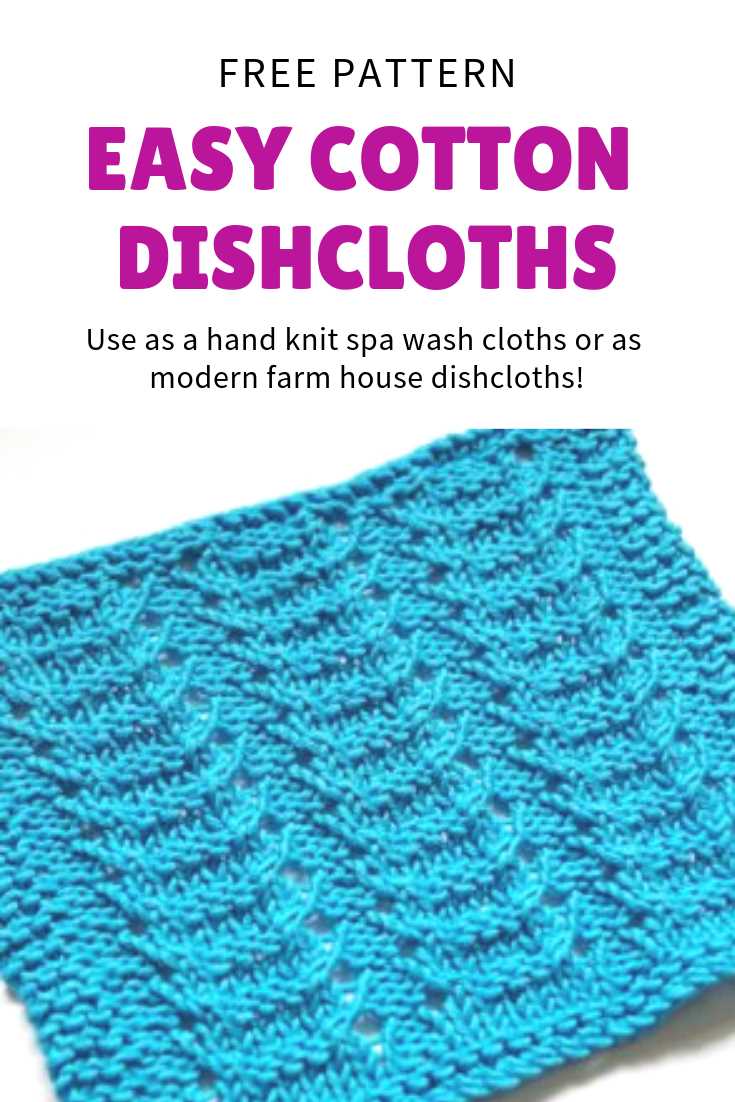
Rib stitch is a versatile stitch that is commonly used for edgings, cuffs, and collars. It is created by alternating knit stitches and purl stitches in the same row. This creates a fabric that has columns of knit stitches and purl stitches that resemble ribs. Rib stitch is often used to add stretch and texture to knitted projects.
Seed stitch:
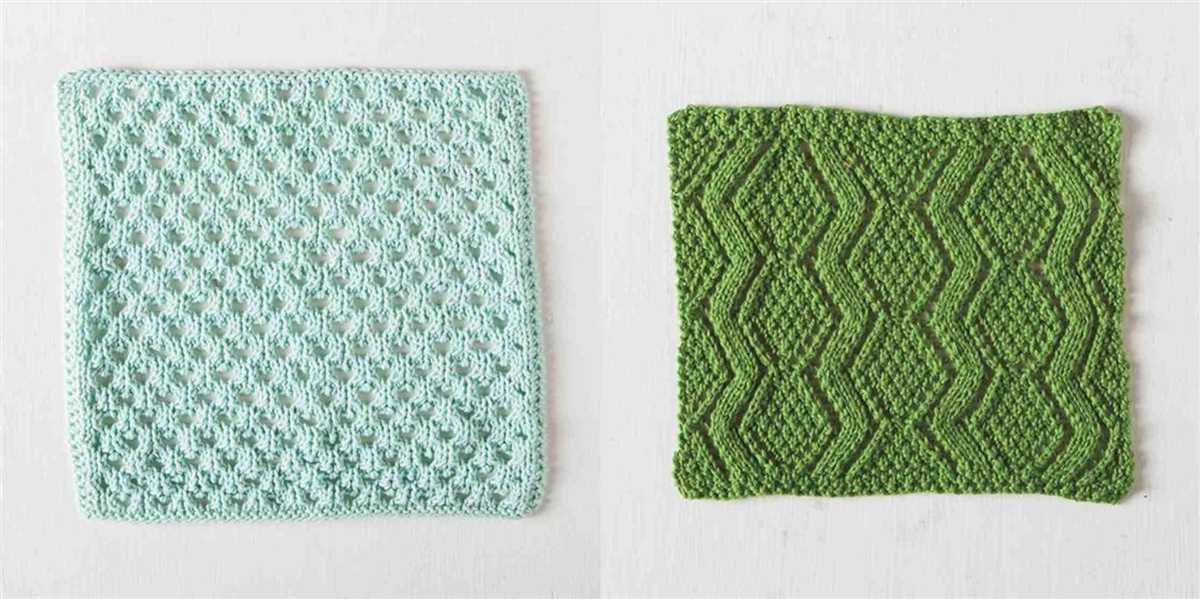
Seed stitch is a simple stitch pattern that creates a textured fabric. It is created by alternating knit and purl stitches in the same row, and then alternating the stitches in the next row. This creates a fabric with a pebbled or seed-like texture. Seed stitch is commonly used for scarves, blankets, and other projects where texture is desired.
Cable stitch:
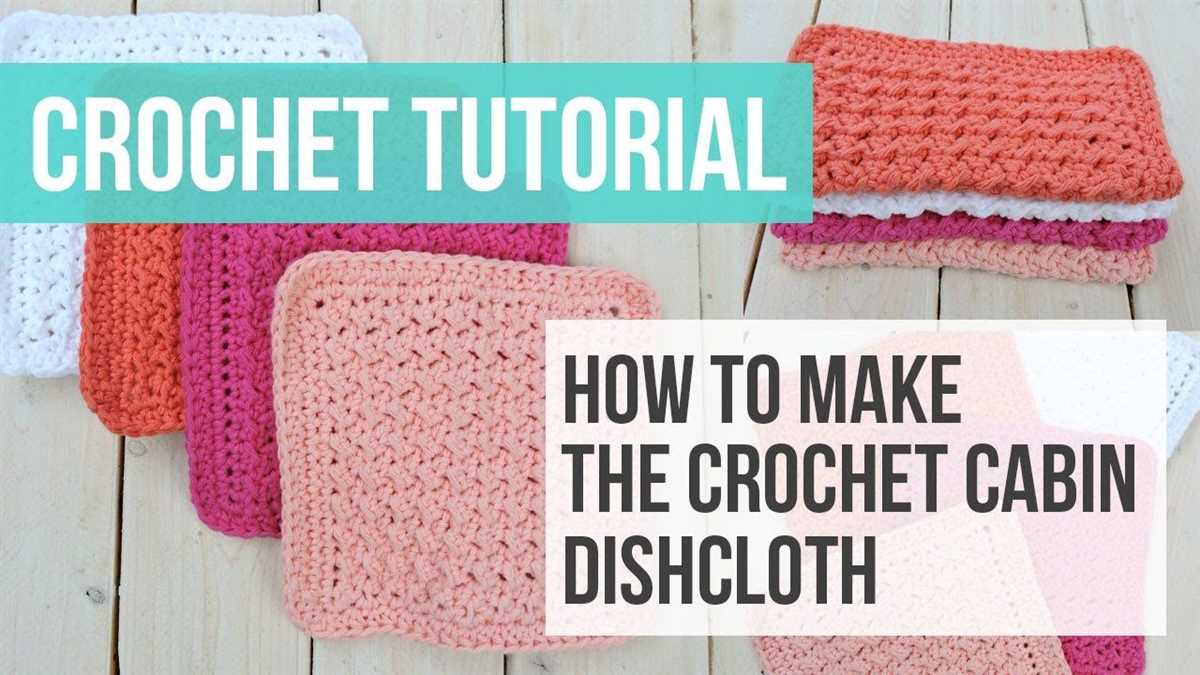
Cable stitch is a more advanced knitting technique that creates a twisted or braided effect in the fabric. It involves crossing stitches over each other, either to the left or right, using a cable needle. Cable stitch can be used to create intricate patterns and is often used in sweaters, scarves, and other projects where a decorative element is desired.
These are just a few of the basic knitting stitches that every knitter should know. By mastering these stitches, you’ll be able to create a wide range of projects and explore more complex stitch patterns. Practice and experimentation are key to becoming a skilled knitter, so grab your needles and start stitching!
Choosing the right yarn for dishcloths
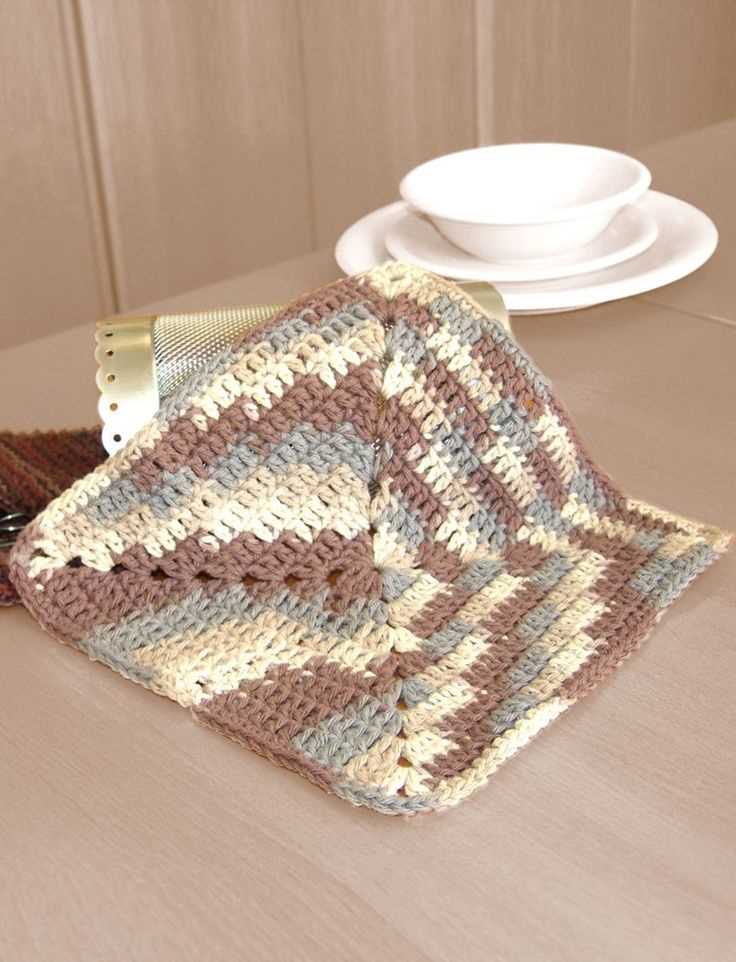
When it comes to knitting dishcloths, choosing the right yarn is essential. Dishcloths are subjected to repeated use and frequent laundering, so it’s important to select a yarn that is durable, absorbent, and easy to care for.
1. Consider the fiber: Natural fibers like cotton and linen are popular choices for dishcloths because they are highly absorbent and can withstand frequent washing. These fibers also tend to be less prone to holding onto odors compared to synthetic materials.
2. Look for softness: While you want your dishcloth to be sturdy, it’s also important to consider the comfort factor. Look for yarns that have a soft feel to them, as you’ll be using the dishcloth to handle hot dishes and possibly even your hands.
3. Gauge the thickness: Dishcloths come in various thicknesses, and the choice depends on personal preference. Thicker yarns provide more scrubbing power, while thinner yarns offer a lighter and more delicate touch. Consider the primary purpose of your dishcloth, whether it’s for heavy-duty cleaning or gentle wiping, and choose the yarn thickness accordingly.
4. Check for machine washability: Dishcloths are meant to be used and laundered frequently, so it’s important to choose a yarn that is machine washable. Read the label of the yarn to ensure it can withstand regular washing without losing its shape or color.
5. Consider the color: Dishcloths come in a range of colors, and your choice of yarn color can add a touch of style to your kitchen. However, keep in mind that certain dyes may bleed or fade over time, so it’s best to choose yarns that are colorfast and won’t transfer onto your dishes.
By considering these factors and choosing the right yarn, you can create beautiful and functional dishcloths that will last for a long time. Enjoy exploring the world of free printable knitted dishcloth patterns and let your creativity shine!
Selecting the appropriate knitting needles
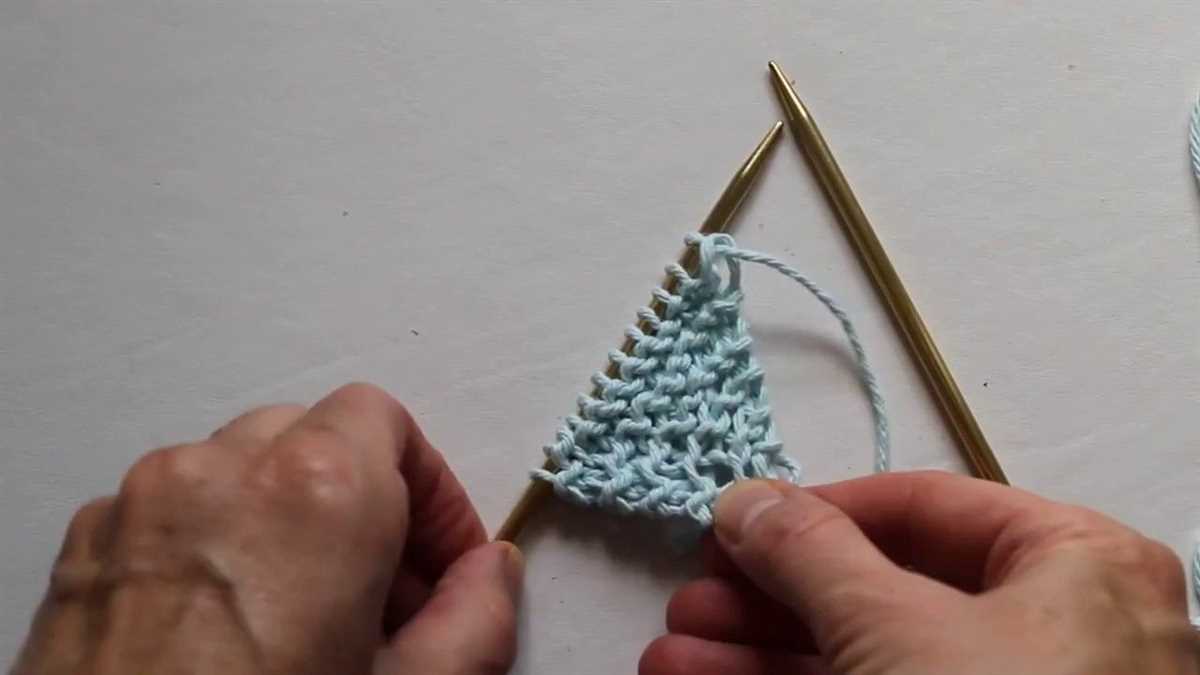
Choosing the right knitting needles is essential for achieving the desired results in your dishcloth projects. The size and material of the needles can greatly impact the overall appearance and texture of the finished dishcloth.
Size: When selecting knitting needles for your dishcloth project, it is important to consider the size of the needles. The size will determine the gauge or tension of your stitches and ultimately affect the size of the dishcloth. Typically, dishcloths are knitted using smaller needles, such as US size 6 or 8, to create a tight, durable fabric. However, depending on your desired outcome, you may want to experiment with different needle sizes to achieve the desired texture and drape.
Material: The material of the knitting needles can also influence the look and feel of your dishcloth. Common materials for knitting needles include metal, wood, and plastic. Metal needles, such as stainless steel or aluminum, are known for their smoothness and durability. They are particularly suitable for working with slippery yarns. Wood needles, on the other hand, provide a natural, warm touch and are great for gripping yarns with more texture. Plastic needles are lightweight and often less expensive, making them a popular choice for beginners or casual knitters.
Considerations: When selecting knitting needles for your dishcloth project, keep the following factors in mind:
- Yarn type: Different yarns may require different types of needles. For example, delicate yarns may require finer, sharper needles, while bulkier yarns may require larger, more sturdy needles.
- Personal preference: Everyone has their own knitting style and personal preference when it comes to needles. Some knitters may prefer the feel of wood needles, while others may find metal needles more comfortable.
- Project complexity: The complexity of your dishcloth pattern may also influence your choice of needles. Intricate stitch patterns may require thinner needles, while simpler designs may work well with larger needles.
By considering the size, material, yarn type, personal preference, and project complexity, you can select the appropriate knitting needles for your dishcloth project and achieve the desired results.
Beginner-friendly dishcloth patterns
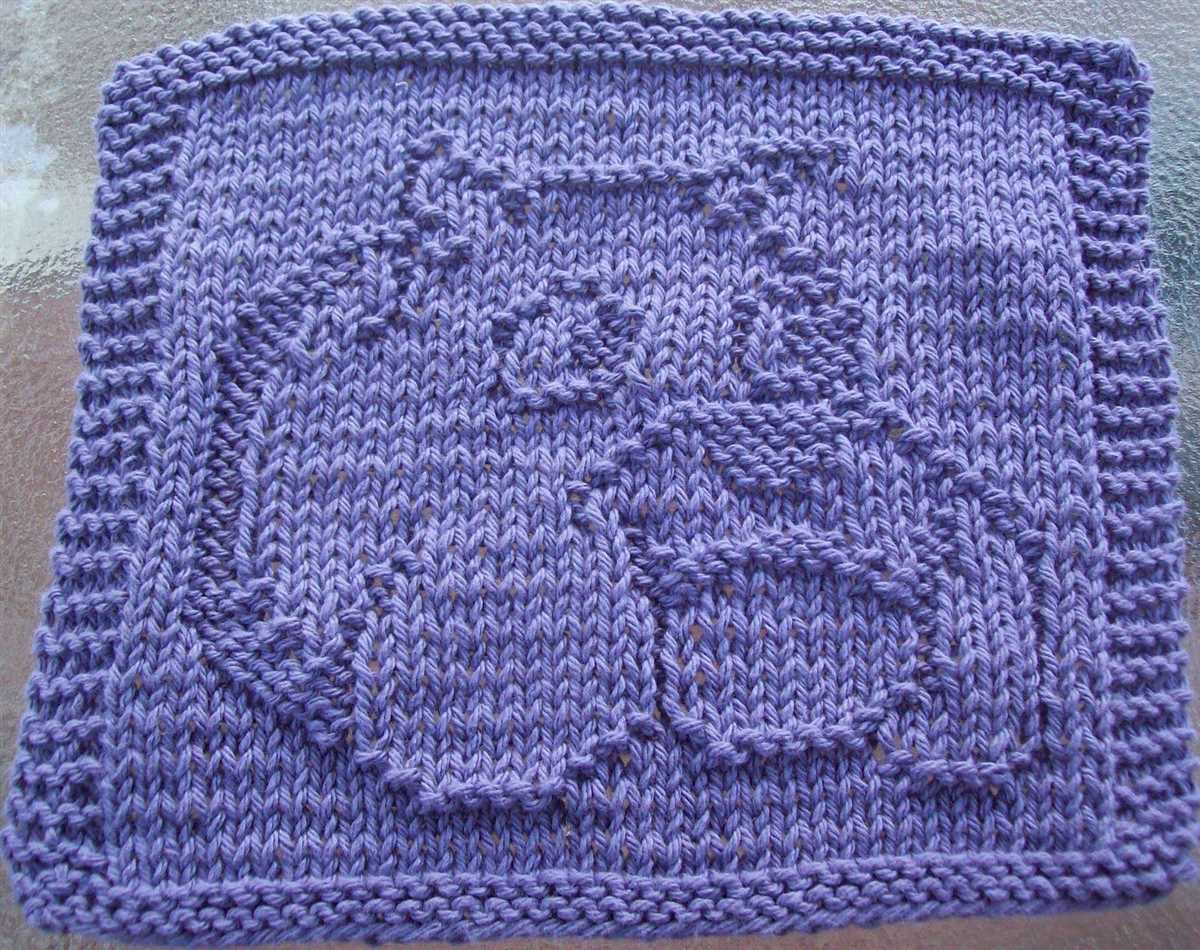
Knitting dishcloths is a great way to practice your knitting skills while creating functional and practical items for your kitchen. Whether you’re a beginner or an experienced knitter, there are plenty of free printable knitted dishcloth patterns available that are perfect for those just starting out.
One easy dishcloth pattern for beginners is the basic garter stitch dishcloth. This pattern uses only the knit stitch, making it ideal for those who are new to knitting. Simply cast on a few stitches, then knit every row until you reach the desired size. The garter stitch creates a textured fabric that is both absorbent and durable.
If you’re looking to add a little more variety to your dishcloth patterns, you can try the seed stitch dishcloth. This pattern alternates between knit and purl stitches, creating a textured fabric with a subtle pattern. The seed stitch is slightly more challenging than the garter stitch, but still manageable for beginners. You can experiment with different colors to create unique and personalized dishcloths.
Another beginner-friendly option is the basketweave dishcloth pattern. This pattern combines knit and purl stitches to create a woven-like texture that is stylish and functional. The basketweave stitch is a bit more intricate than the garter or seed stitch, but it is a great way to practice working with different stitch patterns. This pattern is perfect for adding a touch of elegance to your kitchen décor.
With these beginner-friendly dishcloth patterns, you can practice your knitting skills while creating useful items for your kitchen. Whether you prefer a simple garter stitch, a textured seed stitch, or an intricate basketweave pattern, there is a dishcloth pattern out there that is perfect for you. So grab your needles and some cotton yarn, and start knitting your way to a more functional and beautiful kitchen!
Intermediate-level dishcloth patterns
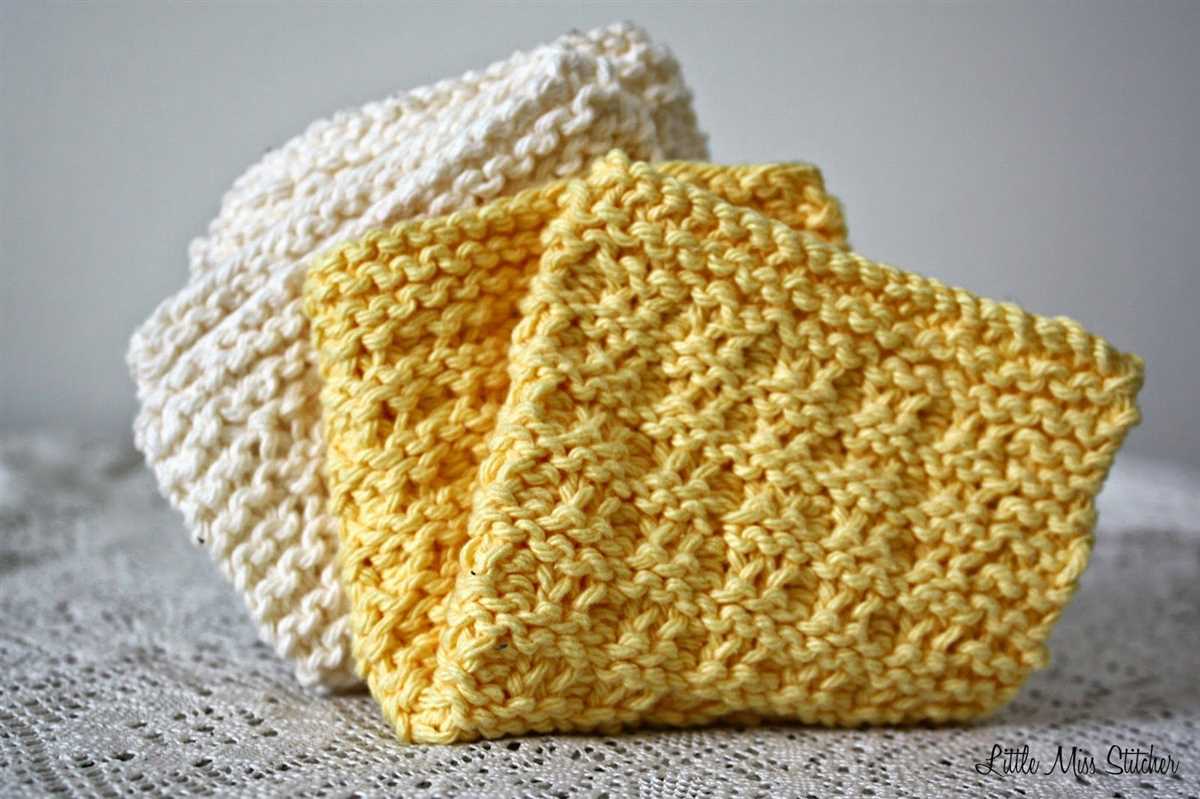
If you have some experience with knitting and are looking for a challenge, these intermediate-level dishcloth patterns are perfect for you. They will allow you to practice and enhance your knitting skills while creating functional and beautiful dishcloths.
1. Waffle Dishcloth: The waffle stitch pattern is a classic and versatile design for dishcloths. It creates a textured fabric that is great for scrubbing dishes while still being soft and gentle. This pattern involves working with increases, decreases, and yarn overs to achieve the waffle design.
2. Basketweave Dishcloth: The basketweave stitch pattern is another popular choice for dishcloths. It creates a thick and sturdy fabric that is perfect for tackling tough cleaning tasks. This pattern involves working with knit and purl stitches to create the basketweave effect.
3. Cable Dishcloth: If you’re ready to take your knitting skills to the next level, try knitting a cable dishcloth. Cables are an intermediate-level technique that involves crossing stitches over each other to create intricate designs. This pattern will teach you how to create simple cable twists to add a touch of elegance to your dishcloth.
4. Lace Dishcloth: Lace patterns are not just for delicate shawls and scarves. Knitting a lace dishcloth can be a fun way to practice lacework without committing to a larger project. This pattern will introduce you to basic lace stitches such as yarn overs and decreases, allowing you to create a delicate and beautiful dishcloth.
With these intermediate-level dishcloth patterns, you can challenge yourself and expand your knitting skills while creating useful and decorative items for your kitchen. Whether you prefer textured, cable, or lace designs, there is sure to be a pattern that catches your interest. So grab your needles and some cotton yarn, and get ready to knit your way to a set of stunning dishcloths.
Advanced Dishcloth Patterns
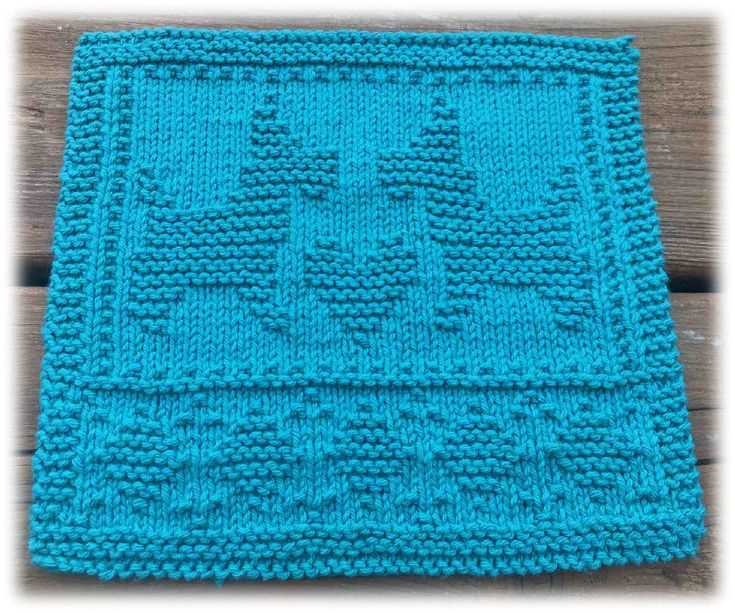
If you’re an experienced knitter looking for a challenge, advanced dishcloth patterns are perfect for you. These patterns feature intricate stitches and complex designs that will test your skills and keep you engaged throughout the project.
One example of an advanced dishcloth pattern is the Cable Knit Dishcloth. This pattern uses cable stitches to create a beautiful textured design. With its intricate twists and turns, this dishcloth will not only be functional but also a stunning addition to your kitchen.
Another advanced dishcloth pattern is the Lace Dishcloth. Lace knitting can be challenging due to its delicate and complex stitch patterns. However, the end result is worth the effort. The Lace Dishcloth adds an elegant touch to your kitchen and makes for a great gift as well.
The Bobble Stitch Dishcloth is yet another advanced pattern that will test your knitting skills. The bobbles create a three-dimensional texture that is both visually appealing and adds extra scrubbing power to the dishcloth. This pattern is perfect for those who love a bit of complexity in their knitting projects.
To challenge yourself even further, you can try the Mosaic Dishcloth pattern. Mosaic knitting involves knitting with two colors to create geometric patterns. The result is an eye-catching dishcloth with a unique design. This pattern requires careful attention to detail and is sure to impress anyone who sees the final product.
Regardless of which advanced dishcloth pattern you choose, you’re sure to enjoy the challenge and satisfaction that comes with mastering complex knitting techniques. These patterns allow you to showcase your skills and create functional and beautiful items for your home.
Tips for customizing your dishcloth patterns
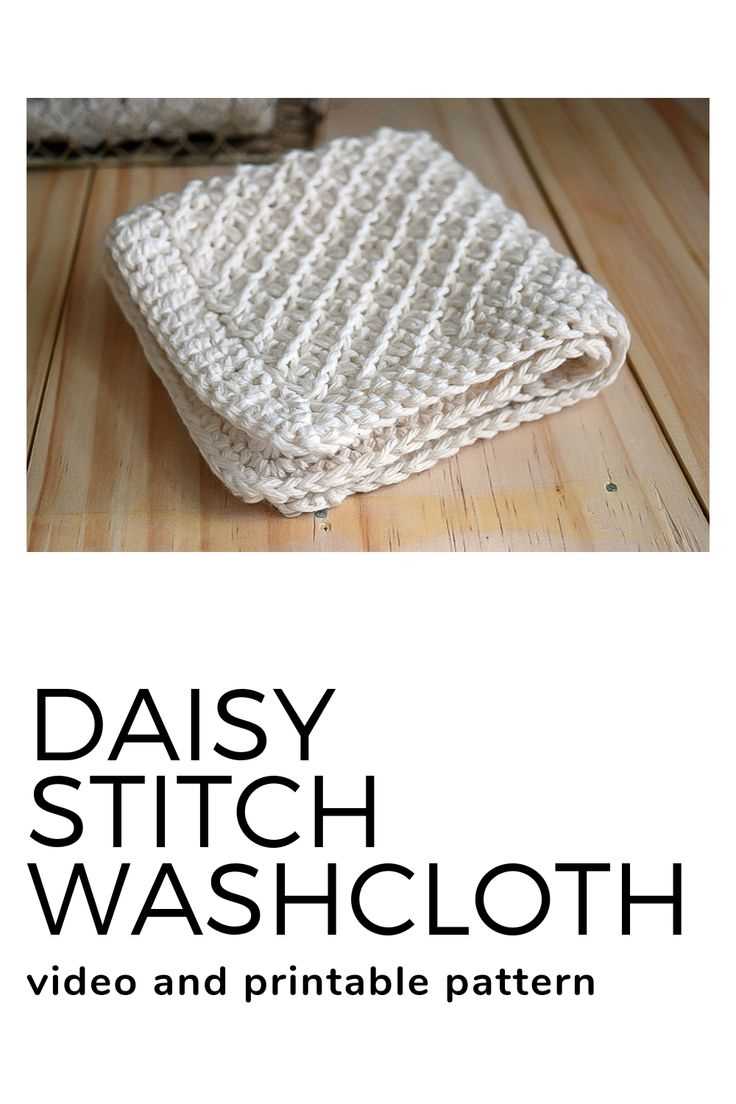
Customizing knitted dishcloth patterns can be a fun and creative way to add a personal touch to your kitchen decor. Whether you’re an experienced knitter or just starting out, here are some tips to help you customize your dishcloth patterns:
1. Choose your favorite stitch pattern
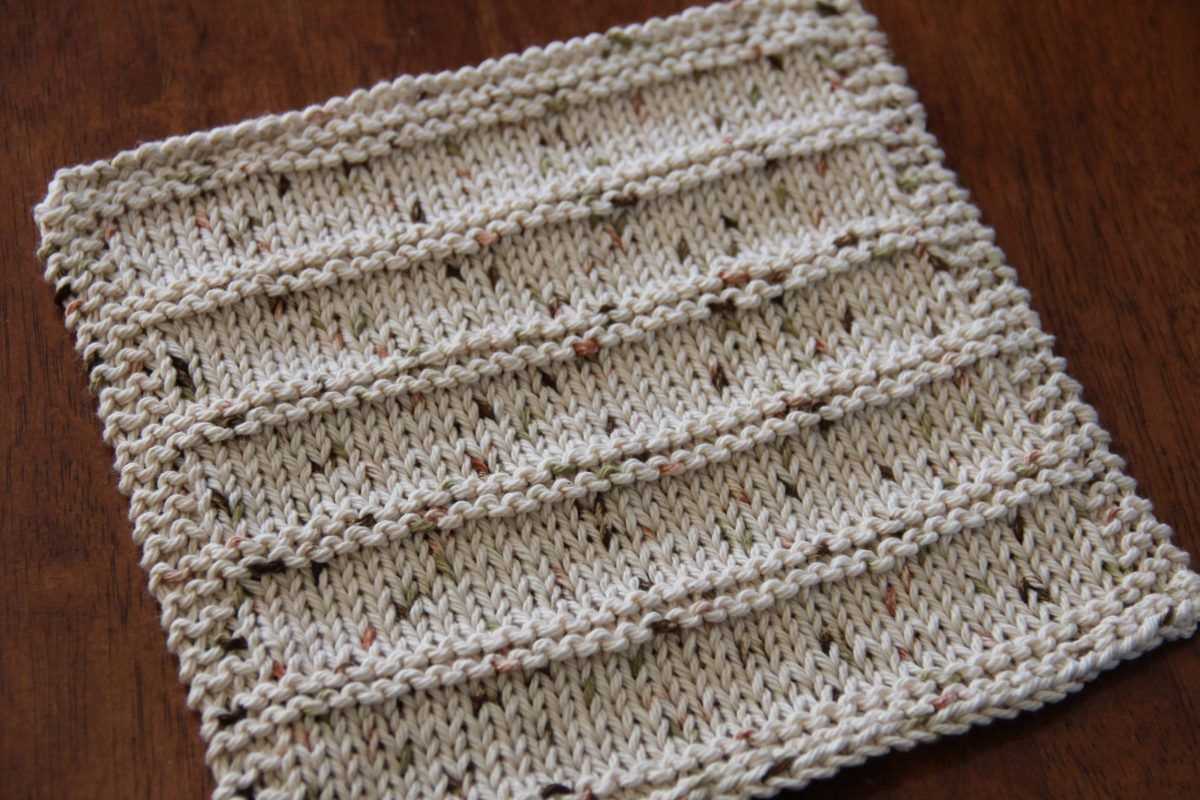
Start by selecting a stitch pattern that you love. There are countless stitch patterns to choose from, such as seed stitch, basketweave, or chevron. Experiment with different patterns to find the one that appeals to you the most.
2. Play with color
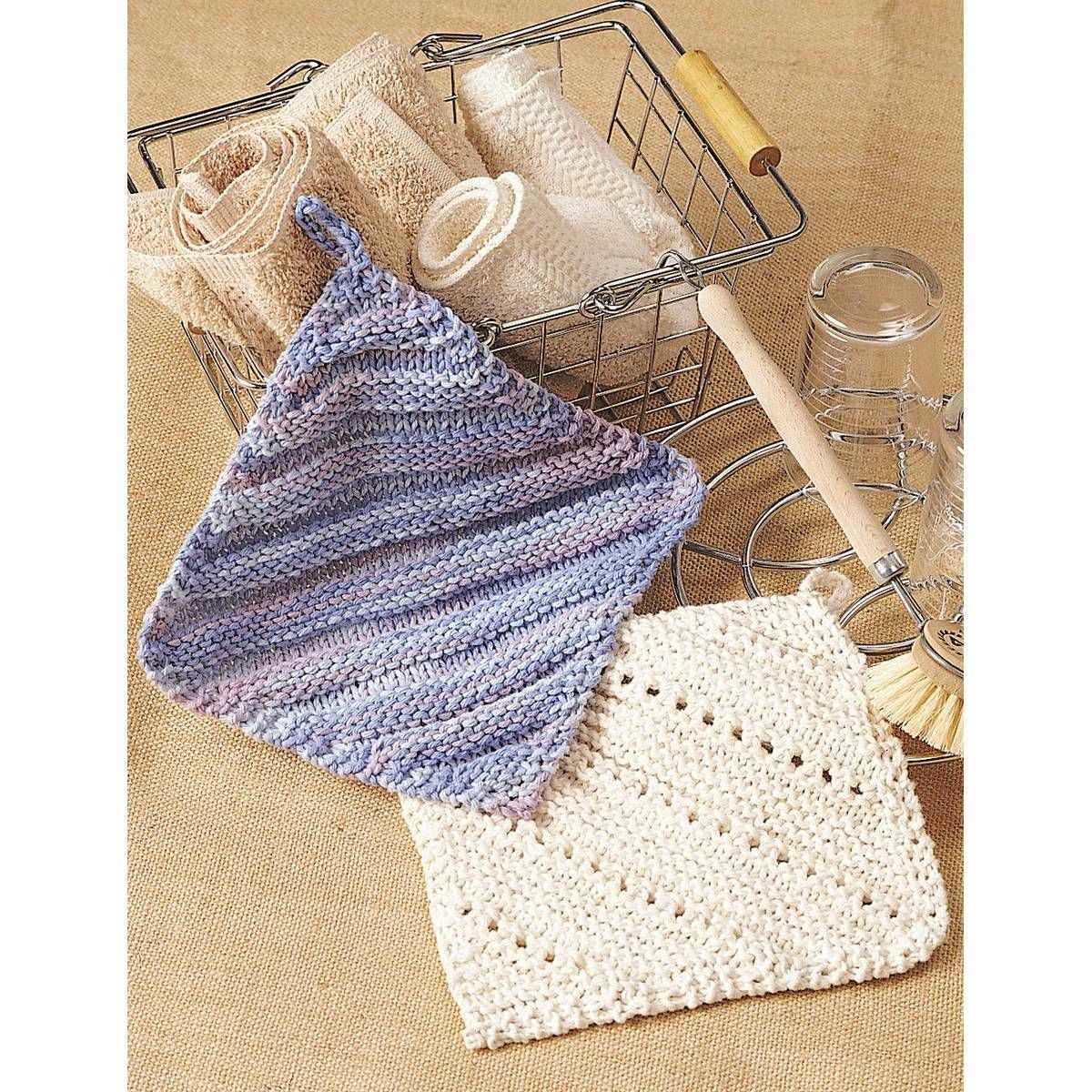
One of the easiest ways to customize your dishcloth pattern is by using different colors. You can choose a color that matches your kitchen decor or opt for vibrant and contrasting colors to make a bold statement. Consider using a variegated yarn to add visual interest to your dishcloths.
3. Add decorative borders
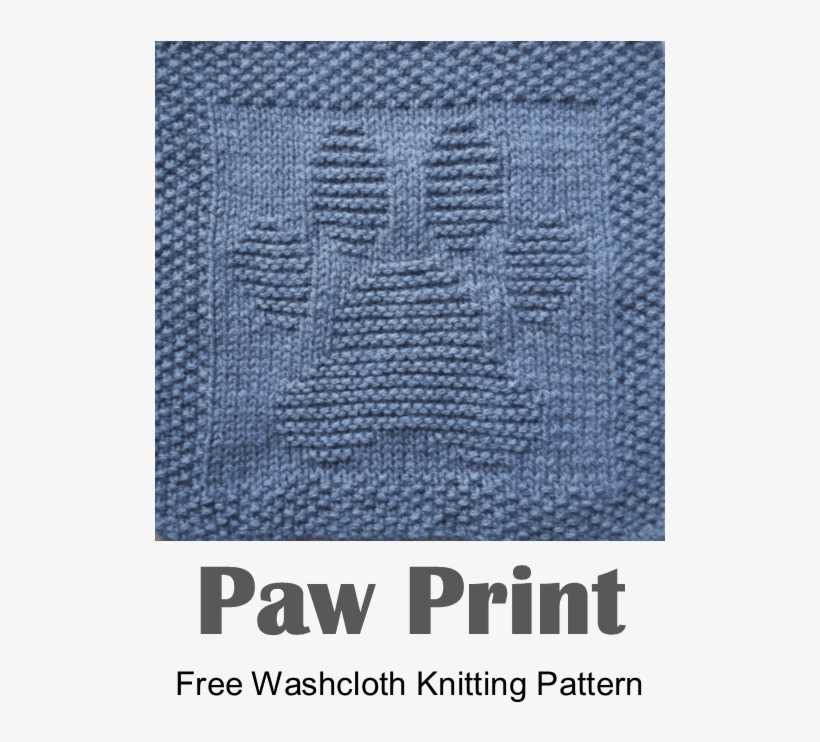
To make your dishcloths even more special, consider adding decorative borders. You can use a contrasting color or a complementary stitch pattern to create an eye-catching border. Some common border stitches include garter stitch, ribbing, or lace patterns.
4. Experiment with size and shape
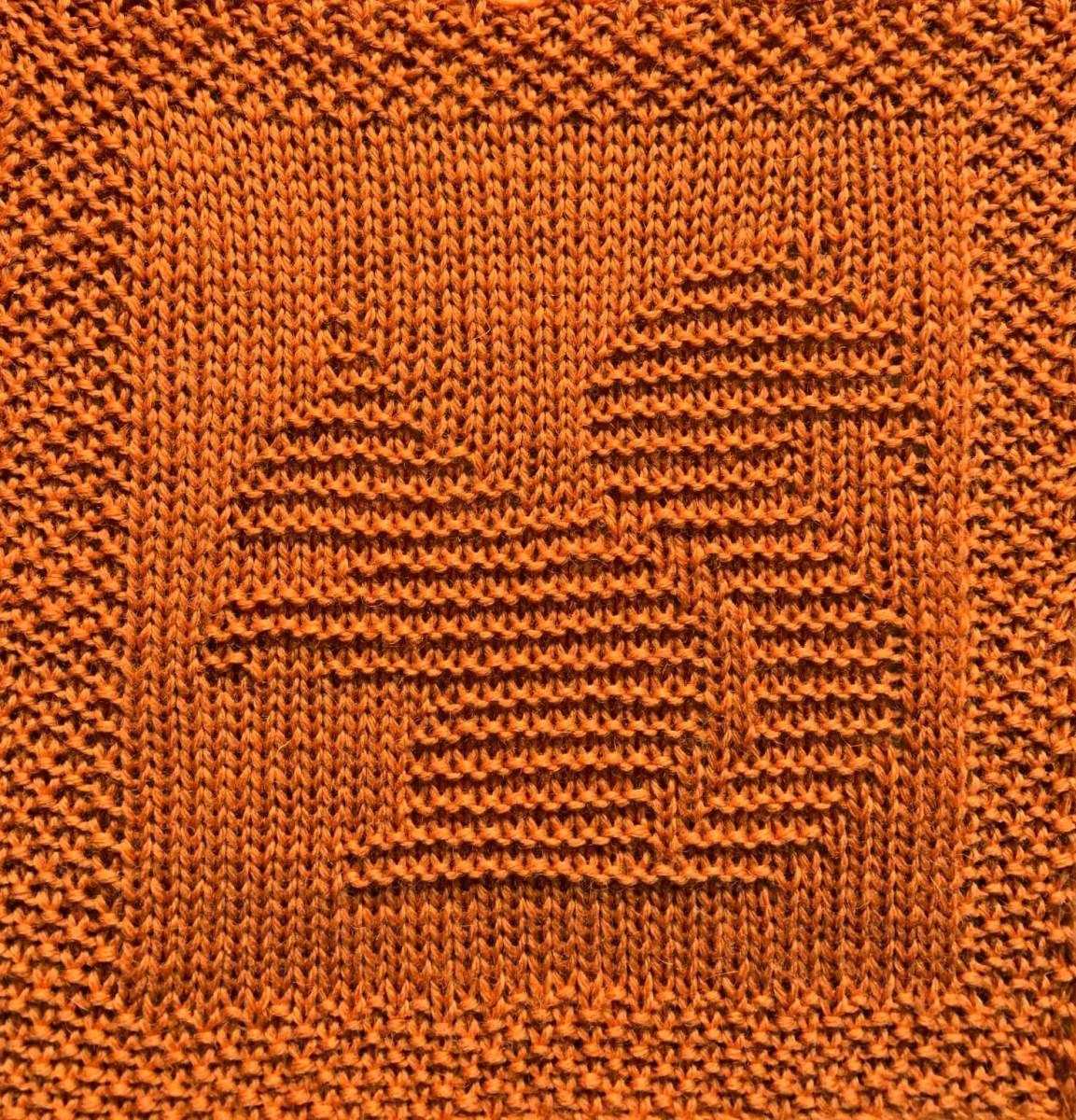
While most dishcloths are square or rectangular, don’t be afraid to experiment with different shapes and sizes. You can try knitting circular or triangular dishcloths for a unique look. Adjusting the size of the dishcloth can also be useful if you want to make it larger or smaller for specific purposes, such as cleaning larger surfaces or using it as a washcloth.
5. Personalize with initials or motifs
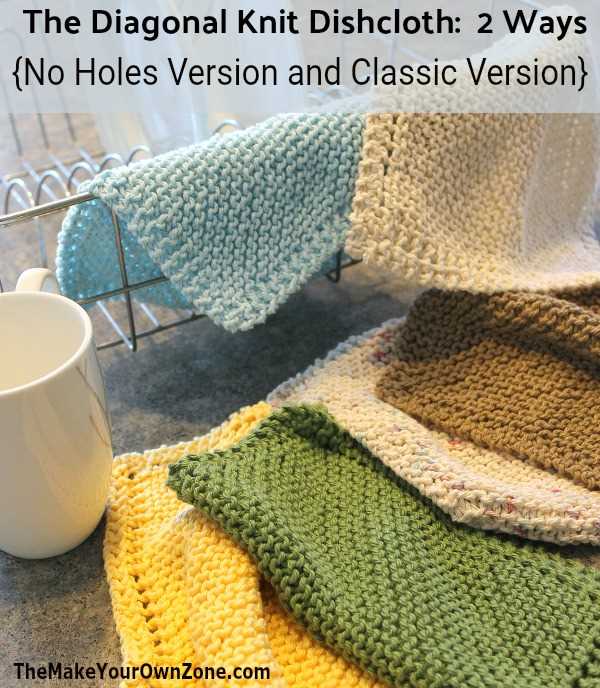
If you want to add a personal touch to your dishcloth, consider incorporating initials or motifs into your design. You can do this by using duplicate stitch or by knitting intarsia or fair isle patterns. This way, you can create dishcloths that are not only functional but also meaningful to you.
Remember, the beauty of customizing your dishcloth patterns is that there are no hard and fast rules. Feel free to experiment, be creative, and have fun making dishcloths that reflect your personal style and taste.
The Care and Maintenance of Knitted Dishcloths
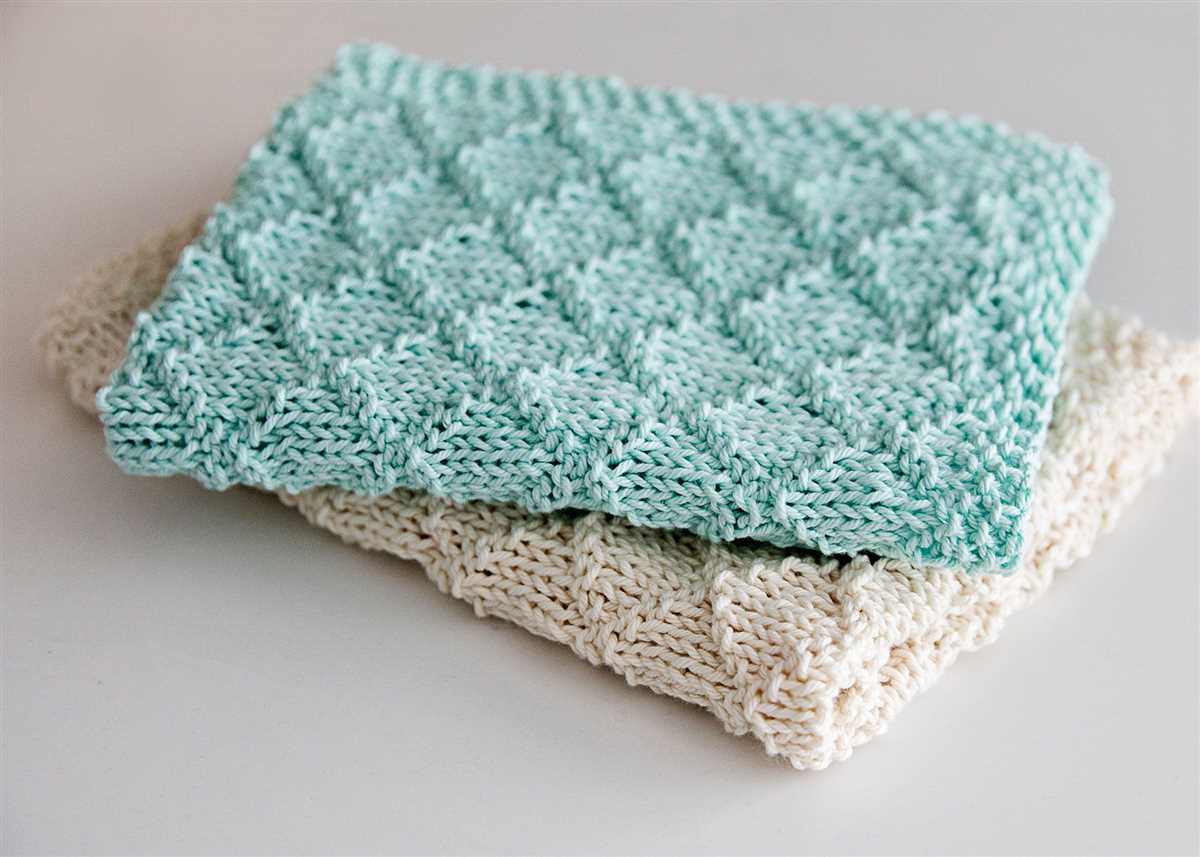
Knitted dishcloths require proper care and maintenance to ensure their longevity and effectiveness in cleaning. Follow these tips to keep your dishcloths in great condition:
- Washing: After each use, rinse the dishcloth in warm water to remove any food residues. You can then wash it by hand with mild detergent or machine wash in a gentle cycle. Avoid using bleach or fabric softeners, as they can weaken the fibers.
- Drying: It’s best to air-dry knitted dishcloths by laying them flat on a clean towel or hanging them up to dry. Avoid using a dryer, as the heat can shrink or warp the cloth.
- Storing: Make sure the dishcloth is completely dry before storing it. Fold or roll it neatly and place it in a clean, dry area. Avoid storing damp or dirty dishcloths, as they can develop mildew or unpleasant odors.
- Replacing: Over time, dishcloths can become worn out or stained beyond repair. If you notice any holes or frayed edges, it’s time to replace the dishcloth. Regularly checking and replacing worn-out dishcloths will ensure that you always have clean and effective cleaning tools.
By following these care and maintenance tips, your knitted dishcloths will remain soft, absorbent, and durable. Enjoy the convenience and eco-friendliness of using reusable dishcloths in your kitchen!
For more free printable knitted dishcloth patterns, check out our collection here.
Q&A:
Where can I find free printable knitted dishcloth patterns?
You can find free printable knitted dishcloth patterns on various websites such as Ravelry, KnittingPatternCentral, and AllFreeKnitting.
How do I download and print these patterns?
Most websites offer their printable patterns in PDF format. You can download the PDF file and then print it using a printer connected to your computer.
Are there any specific materials or yarns required for these dishcloth patterns?
The materials and yarns required for each pattern may vary. The pattern usually specifies the type of yarn and knitting needle size needed. Make sure to check the materials list for each individual pattern to ensure you have everything you need.
Can I sell the dishcloths I make from these free patterns?
It depends on the specific pattern and its terms of use. Some patterns may allow you to sell the finished dishcloths, while others may restrict commercial use. Make sure to check the pattern’s terms and conditions before selling any items made from it.
Are these patterns suitable for beginners?
Many dishcloth patterns are designed with beginners in mind, so they can be a great way to practice basic knitting techniques. Look for patterns labeled as “easy” or “beginner-friendly” if you’re just starting out.
Where can I find free printable knitted dishcloth patterns?
You can find free printable knitted dishcloth patterns on various websites such as Ravelry, AllFreeKnitting, and LoveKnitting. These sites offer a wide selection of patterns that you can download and print for free.
What materials do I need for knitting dishcloths?
To knit dishcloths, you will need a set of knitting needles, usually in size 7 or 8, and some cotton yarn. Choose yarn that is absorbent and easy to care for, as dishcloths will be exposed to water and detergent. You may also need a tapestry needle for weaving in ends.